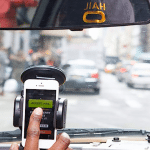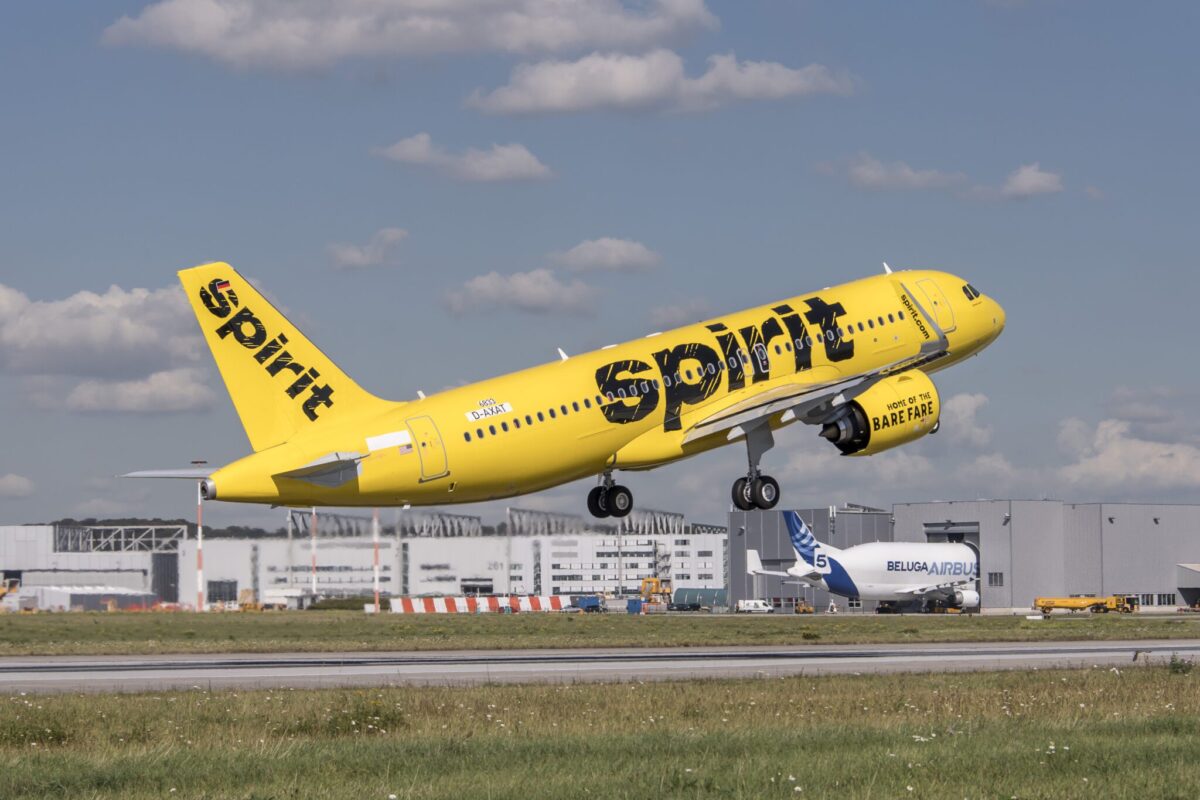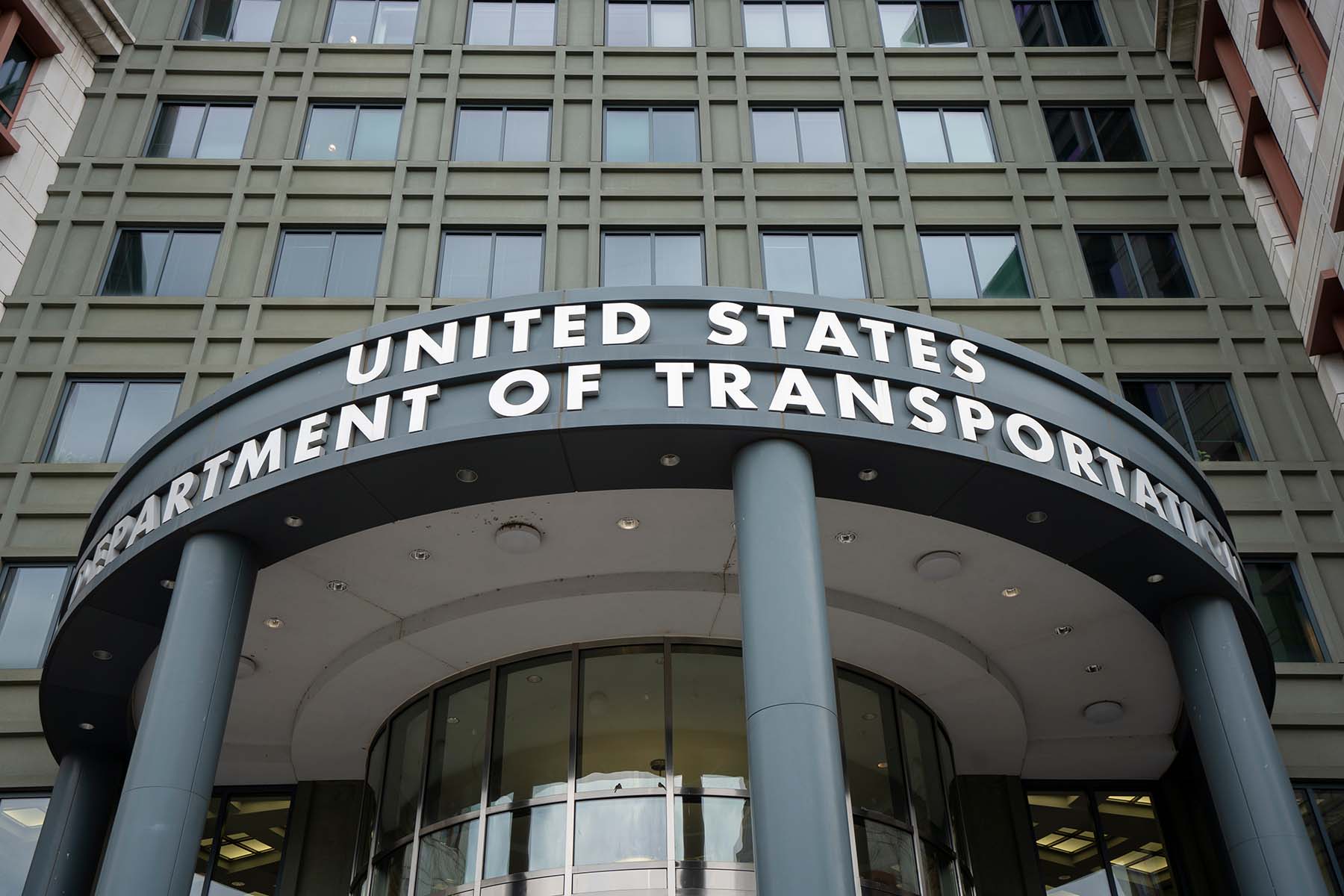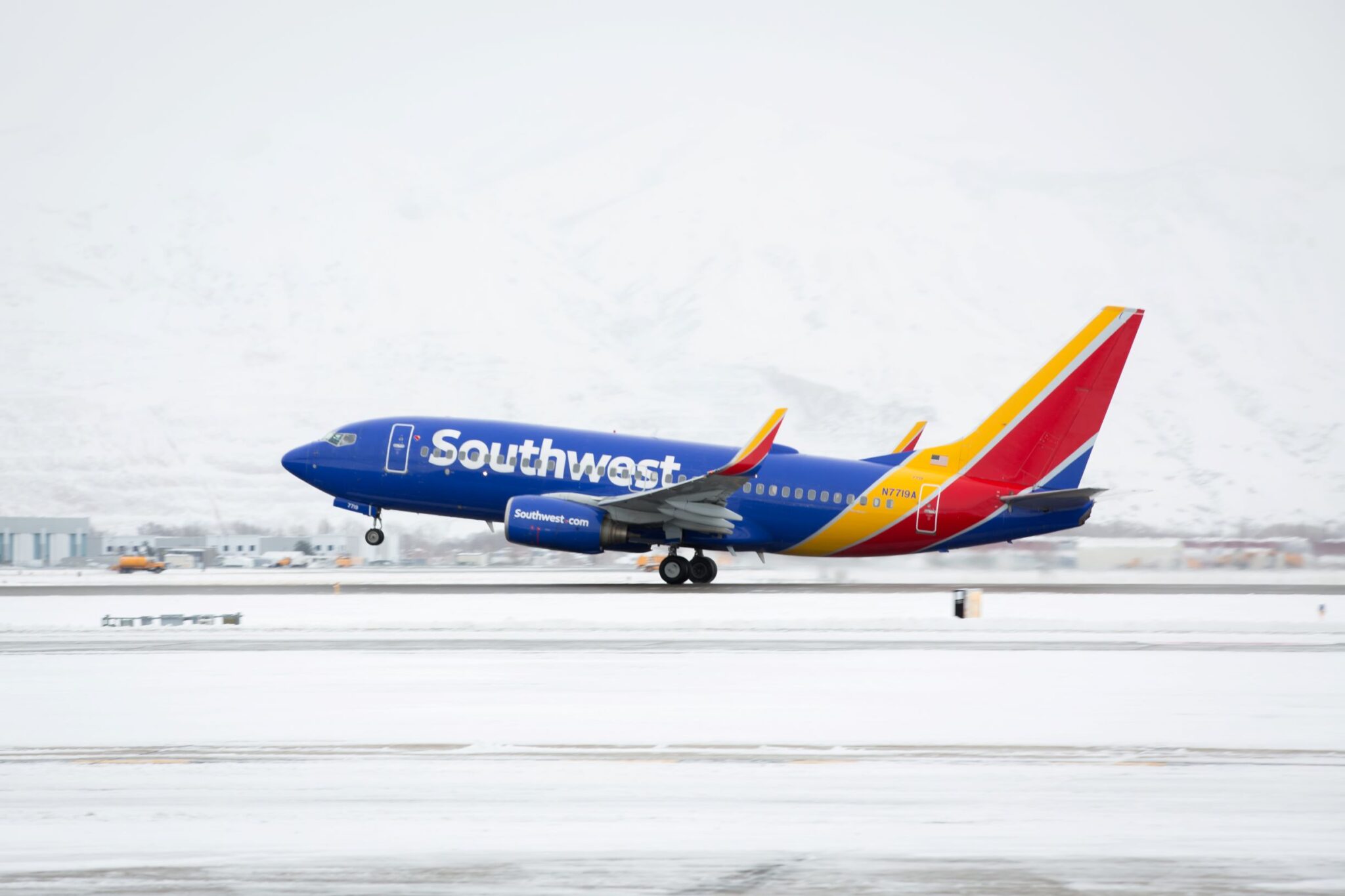How Mayor Bloomberg Changed The Way New York City Moves
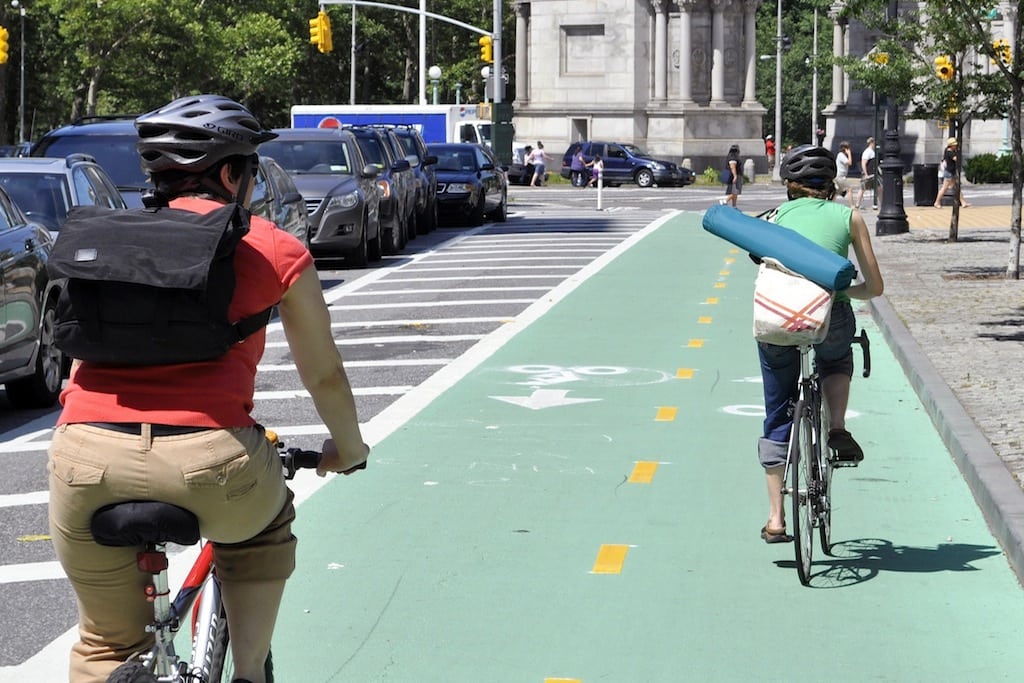
Skift Take
- New York City launched its first pilot program for taxi e-hail apps in 2013.
- Televisions were added to the backseats of yellow cabs in 2007.
- Select Bus Service, New York City’s term for rapid bus transit, was introduced in June 2008 as joint venture of the NYC DOT and MTA.
Love him or hate him, no one can deny that New York City Mayor Michael Bloomberg changed his city and the way its 8.2 million residents and 52 million annual tourists move.
Michael Bloomberg became New York City’s Mayor back in January 2002, so part of the evolution is the result of time alone. Other initiatives were pushed by Bloomberg, a man who’s arguably been implementing city structure beyond his time.
The controversial and wide-spread introduction of bike lanes, the much-needed regulation of midtown’s pedicabs, and the drawn-out start of an e-hail app pilot program are the advances that will ultimately bring New York into the 21st century as it works to keep up with smart and sustainable urban design projects worldwide.
Equally as important to the transformation is Commissioner of the NYC Department of Transportation Janette Sadik-Khan. Appointed by the mayor in 2007, Sadik-Khan has been instrumental in the introduction of Citibike, the closing of parts of Broadway, safer streets, and overall infrastructure improvements.
Zero of the projects under the Bloomberg administration have enjoyed ubiquitous support. Some have taken years to push through and others, including Bloomberg’s vision of revitalizing New York’s taxi fleet, may never actualize before he reluctantly steps down following the conclusion of his third term.
A simultaneous real estate boom also means that many New Yorkers have moved to boroughs outside Manhattan and face longer commutes on sometimes frustrating routes.
Ten Transportation Changes
A not-so-brief list of the changes to transportation and city street infrastructure during Bloomberg’s time are as follows:
- Televisions were added to the backseats of yellow cabs in 2007. Digital ads and news broadcasts are now in almost of all New York’s 12,000 taxis and considered a prime spot to reach a captive audience of affluent consumers.
- Select Bus Service, New York City’s term for rapid bus transit, was introduced in June 2008 as joint venture of the NYC DOT and MTA. The system currently consists of “Bus Only” lanes and fare pre-payment. There are six routes with two additions planned for late 2013.
- The idea of transforming the Highline from a rusty railroad track to an elevated park did not gain city support until 2002 when Mayor Bloomberg was elected. The City funded its renovation and construction began in 2006. The park welcomed 3.7 million visitors in 2012 and is now considered one of the city’s and the world’s most popular landmarks.
- More than 400 miles of bike lanes have been added to New York City streets during Mayor Bloomberg’s tenure. The bike lanes, a precursor to Citibike, were heavily contested at first, but their existence is now a natural component of the city’s landscape.
- Citibike, New York City’s bike-share program launched in May 2013 with 6,000 branded bikes and 330 stations. Bloomberg has called its launch a “big win” for the city and the program has enjoyed support and wide-spread use in the months that followed.
- New York City launched its first pilot program for taxi e-hail apps in 2013. The program ran into several regulatory delays before it was finally pushed through in June. For the first time, New Yorkers can summon a yellow taxi from their apartment and find it waiting for them in the street.
- New York’s outer boroughs received approval for 6,000 apple-green “boro taxis” in June 2013. This allows New Yorkers living in neighborhoods outside of Manhattan to street hail livery cars with the correct licenses.
- Cycle pedicabs are better regulated than ever before. The city allows up to 850 licenses and drivers must clearly display per-minute rates on city-approved stopwatches.
- The streets are safer and more attractive with newly designed pedestrian plazas on many streets including Times Square. The city has also become easier to navigate with wayfinding maps outside of subway stations.
- The cost of a single subway ride has increased from $1.50 to $2.75 over the past 12 years. The MTA, which is charge of running the subway, is controlled by the state, not New York City.
Bloomberg Plays Mayor Worldwide
Bloomberg’s vision for road safety and sustainable transportation reaches far beyond the five boroughs of New York City. According to a New York Times article published last month, Bloomberg is also work changing the way the world — from China to Brazil — travels.
The charitable foundation Bloomberg Philanthropies has committed $130 million towards global traffic policy and roady safety since 2007 making it the number two cause Bloomberg contributes to after reducing tobacco use. The New York mayor even personally dispersed helmets in Vietnam, which is somewhat ironic given that helmets are not mandatory for bike riders in New York. This is likely because it would have impacted Citibike adoption.
The Next Mayor
A new mayor will take over New York City’s roads and bus lanes starting in 2014, but the current crop of candidates is still throwing around political fantasies that will never actualize.
The most outlandish of their claims is the proposition of taking control of the MTA from the state, which would allow the city to reap fare profits. This is as unlikely as re-introducing a tax on suburban commuters and building an above-ground rail over the Long Island Expressway.
One of the items the next mayor could actually improve is the city’s rapid bus service. Improvements that would make the city’s first attempt at speedy service look more like the proven Latin American model include elevated or segregated bus lanes and stations at the busiest bus stops.
Brooklyn councilman and outspoken advocate of rapid bus transit Brad Lander proposes such a transportation legacy for the next mayor in a recent conversation with the New York Observer.
“The next mayor can’t be the bike mayor,” he tells the publication. “But they could be the bus mayor.”
